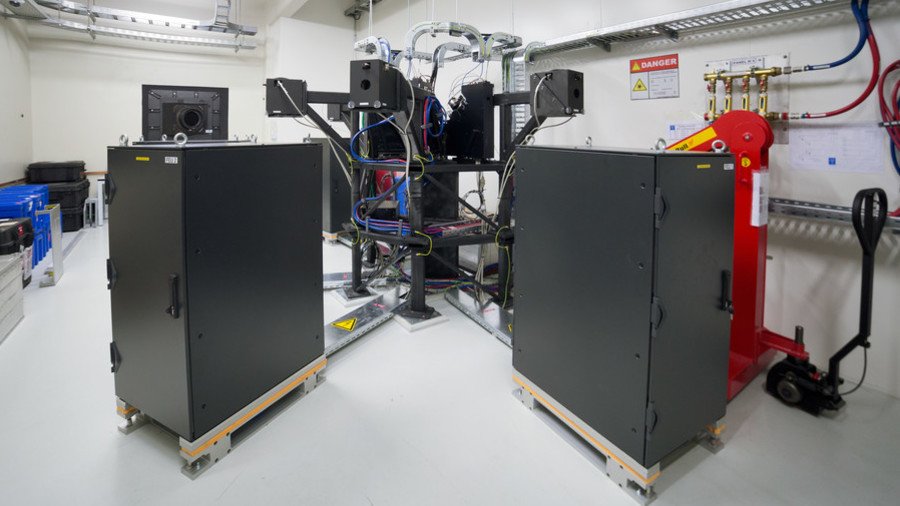ESPRESSO machine to aid ESA’s search for life on other planets

The European Space Agency’s brand new ESPRESSO machine might fail to make you a cup of coffee, but it is expected to succeed in its primary role – detecting vastly more exoplanets than ever before.
READ MORE: Star closest to our Sun may have ‘elaborate planetary system’
The revolutionary Echelle Spectrograph for Rocky Exoplanet and Stable Spectroscopic Observations (ESPRESSO) has been fitted at the ESA’s Very Large Telescope (VLT) at Paranal Observatory in northern Chile, where it will monitor the “radial velocity” of distant stars. This means the instruments detects wobbles in a star’s movement, a phenomenon caused by the gravitational tug of orbiting planets.
ESPRESSO follows the HARPS spectrograph and NASA’s Kepler space telescope as being the primary exoplanet hunters in humanity’s arsenal. For project lead scientist, Francesco Pepe of the University of Geneva in Switzerland, the machine represents a leap forward from its predecessors.
"ESPRESSO isn't just the evolution of our previous instruments like HARPS, but it will be transformational, with its higher resolution and higher precision," Pepe said in a statement on the ESO website.
READ MORE: Construction of ‘Extremely Large Telescope’ begins in Chile
The instrument can exploit the VLT’s full collecting power, meaning, it can combine light from the four VLT Unit Telescopes to measure the tiny changes in the spectra of stars. The ESA plans to launch the next phase in its planet-hunting project, the Extremely Large Telescope (ELO), in 2024. It is hoped that the telescope can be adapted to fit the instrument HIRES which will enable it to study exoplanet atmospheres, potentially opening the possibility of detecting signatures of life on other planets.
The search for possible life on other planets continues to fascinate scientists in recent times. In September, it was revealed that the exoplanets orbiting the TRAPPIST-1 system could hold significant amounts of water. Found 39 light years away from Earth, the TRAPPIST star is surrounded by seven exoplanets, three of which are thought to lie in the ‘habitable zone’.














